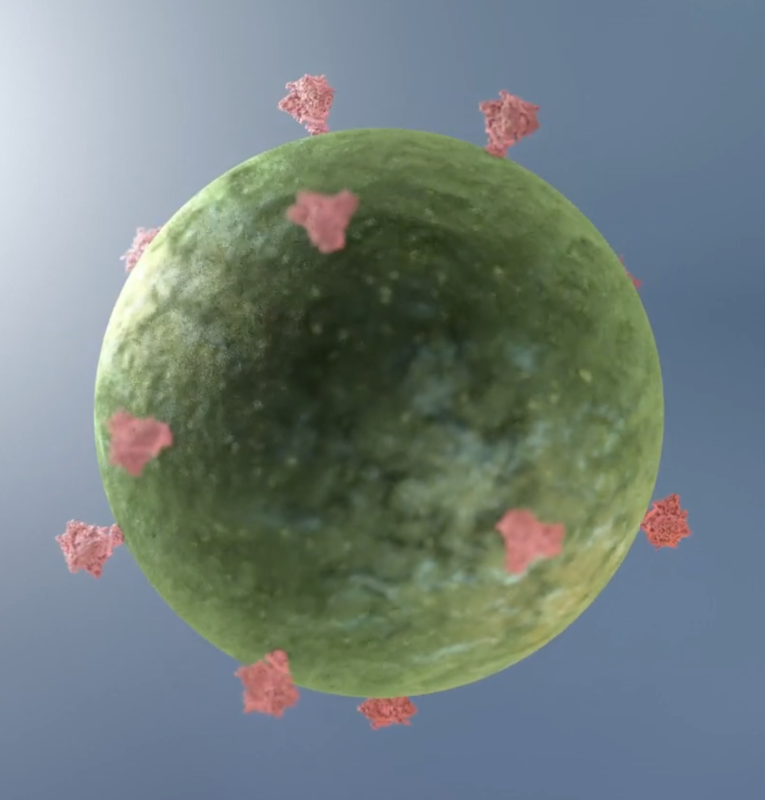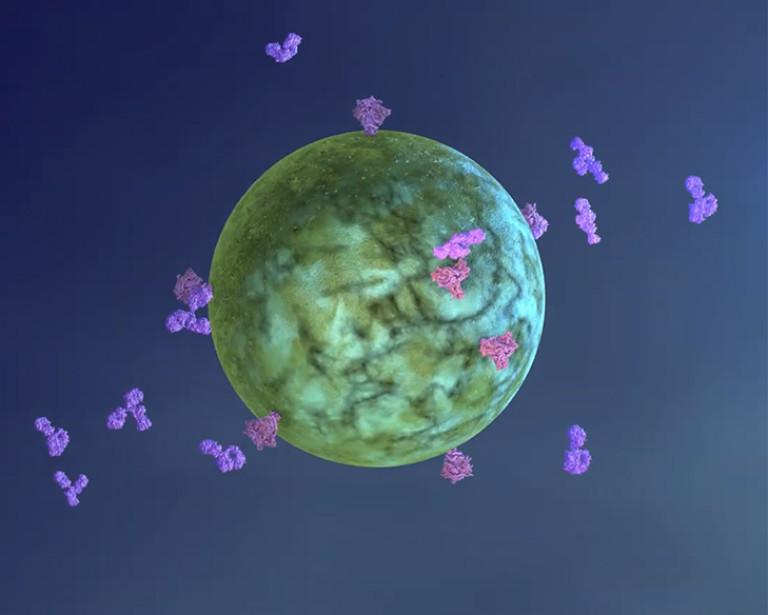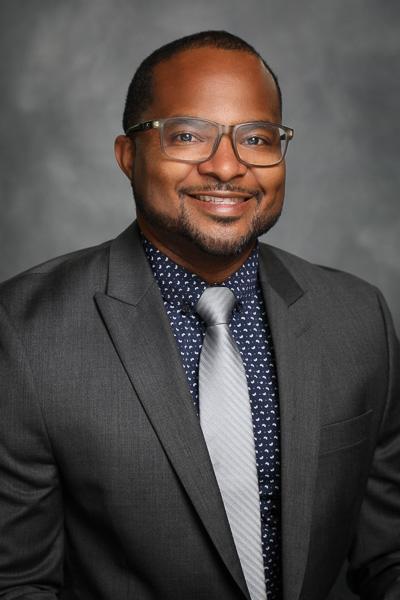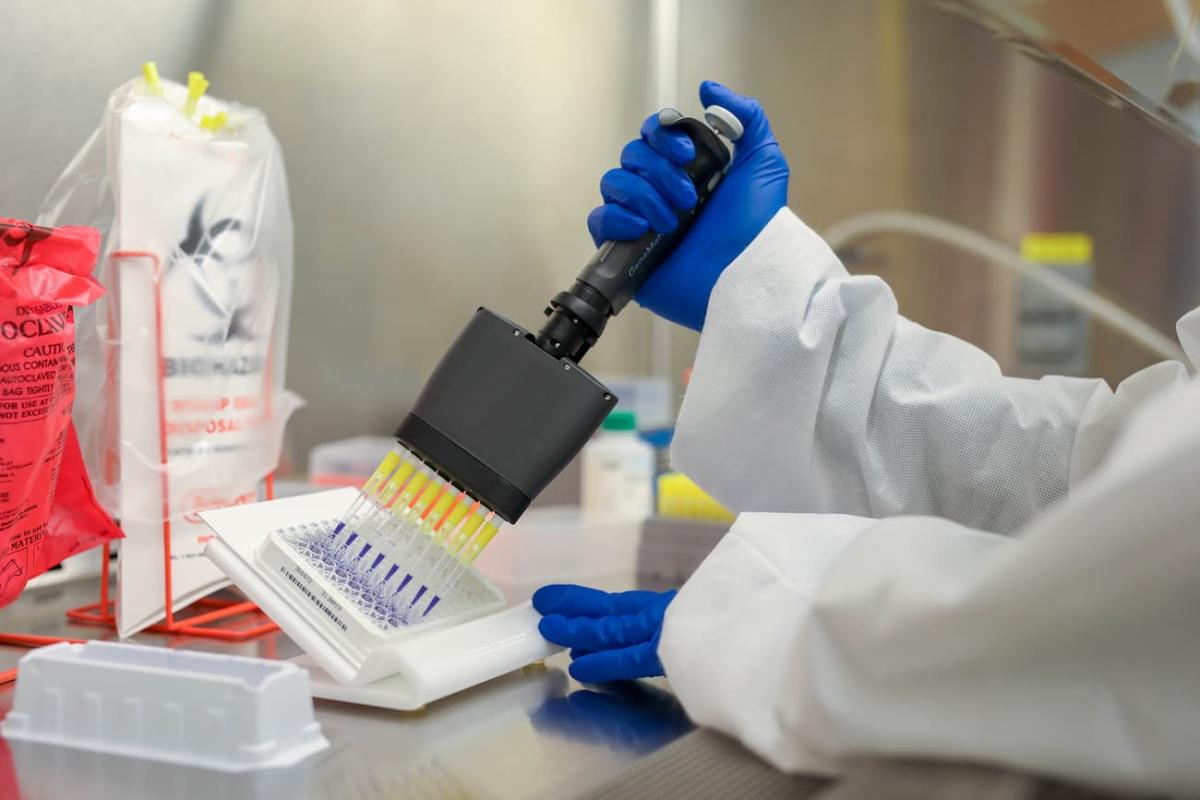History of HIV Vaccine at Duke
By: Karl Leif Bates, Duke Research Communications
The Duke Center for AIDS Research was formed in 1989, just five years after the HIV virus had been identified as the cause of AIDS.
The center’s first funding for HIV vaccine development was actually a cancer vaccine project that the National Cancer Institute allowed founding center director Dani Bolognesi, Ph.D., to convert into HIV work.
With that funding, the Bolognesi and Barton Haynes M.D. labs collaborated to discover the neutralizing epitope on the HIV envelope called the third variable loop. It was later found by other groups to be the CCR5 HIV co-receptor binding site.
In 1990, Bolognesi and Haynes founded the Duke Human Vaccine Institute in their labs. During the early days of HIV vaccine development, many vaccine strategies were tried that had been successful against measles, mumps and polio, but all were unsuccessful.
Sensing this virus would be more intractable, Haynes, along with Rick Klausner, M.D., a Duke Medical School graduate and scientific director of the Bill & Melinda Gates Foundation, and Anthony Fauci, M.D., Director of the NIH’s National Institute of Allergy and Infectious Diseases (NIAID), wrote an article in Science magazine in 2004 calling for a new initiative to form multiple large centers to focus on this difficult problem of developing an HIV vaccine.
The NIAID committed to fund one large center and the Gates Foundation decided to fund several smaller centers.
In 2005, a $350 million, 7-year grant from the NIAID established the Center for HIV/AIDS Vaccine Immunology at Duke, or CHAVI, with Barton Haynes as director. The award established an international consortium of investigators led by Duke, dedicated to finding new vaccine strategies against ever-changing HIV.
It has never been enough to simply administer a single vaccine candidate that teaches the immune system what to look for in HIV. Duke’s HIV researchers have learned they need to guide antibody development down paths it would not normally take and induce the immune system to produce broadly protective neutralizing antibodies that can stay ahead of HIV’s shape-shifting behavior.
The NIAID center grant also provided the resources for full development of the HIV vaccine effort at Duke within the Duke Human Vaccine Institute (DHVI). The Institute began growing.
The Gates Foundation added its support in 2006 for an HIV vaccine center at Duke. This work focused on developing novel immunogens and adjuvants for inducing neutralizing antibodies against HIV. A second Gates grant in 2011 was aimed at developing HIV-1 envelope immunogens using vaccine design based on B-cell lineages.
In 2009, CHAVI published a moderately successful RV144 vaccine trial with 16,000 adult volunteers in Thailand. This trial provided the first evidence in humans that a safe and ceffective HIV vaccine against infection might be possible. And it showed that non-neutralizing antibodies may protect against HIV infection. However, work in three HIV vaccine efficacy trials that tested the induction of non-neutralizing antibodies over the next 11 years showed no protection.
Duke was awarded a second, 7-year NIAID HIV vaccine development grant of $139 million in 2012 to support what became the Duke Center for HIV/AIDS Vaccine Immunology-Immunogen Discovery (CHAVI-ID). Its overarching goal was to implement new vaccine designs based on the biology and pathophysiology of broadly neutralizing antibodies that had been discovered by the previous CHAVI grant.
That year, the DHVI reconstructed pathways for HIV neutralizing antibody maturation, creating a blueprint of what would be needed to effectively induce neutralizing antibodies for HIV. Later, DHVI researchers also discovered how natural killer cells regulate protective HIV antibodies.
The Gates Foundation, through the Collaboration for AIDS Vaccine Discovery, awarded a 5-year, $32.6 million grant to DHVI scientist David Montefiore in 2017 to establish central, standardized testing of antibody responses to HIV vaccines.
In 2018, DHVI expanded its ability to test HIV vaccine manufacturing techniques and began to manufacture its own vaccine candidates for clinical trials.
The DHVI received a third 7-year grant from the National Institute of Allergy and Infectious Diseases in 2019 totaling at least $129 million. This established the Duke Consortia for HIV/AIDS Vaccine Development (CHAVD), which continues to draw on the expertise of leading HIV researchers at Duke, in the US and in Europe.
DHVI expanded to a second location in 2020, when the Duke School of Medicine leased a 273,000 square foot facility that once belonged to GlaxoSmithKline in the Research Triangle Park.
In spite of all the work on development of an HIV vaccine, there are still 35 million HIV-positive people in the world today, two thirds of whom live in sub-Saharan Africa. One million adults and children die of AIDS each year in Africa alone, making the need for an HIV vaccine an ongoing public health priority.








